A room painted white is a canvas. The designer will be able to show originality and invention in ways that other color palettes do not permit in this demanding and rewarding assignment. But designing an all-white space that is visually stimulating and inviting calls for close attention to detail and a thorough comprehension of the components of design.
White spaces are often associated with minimalism, purity, and serenity. They can make any space feel more expansive and brighter, creating a sense of calm and tranquility. However, without careful planning, they can quickly become dull and lifeless. To avoid this, designers must explore different techniques and approaches to bring these spaces to life.
The secret to success depends on the interior design aesthetic you are trying to achieve. And layers! The monochromatic aesthetic is all about layering to create a sense of dimension.
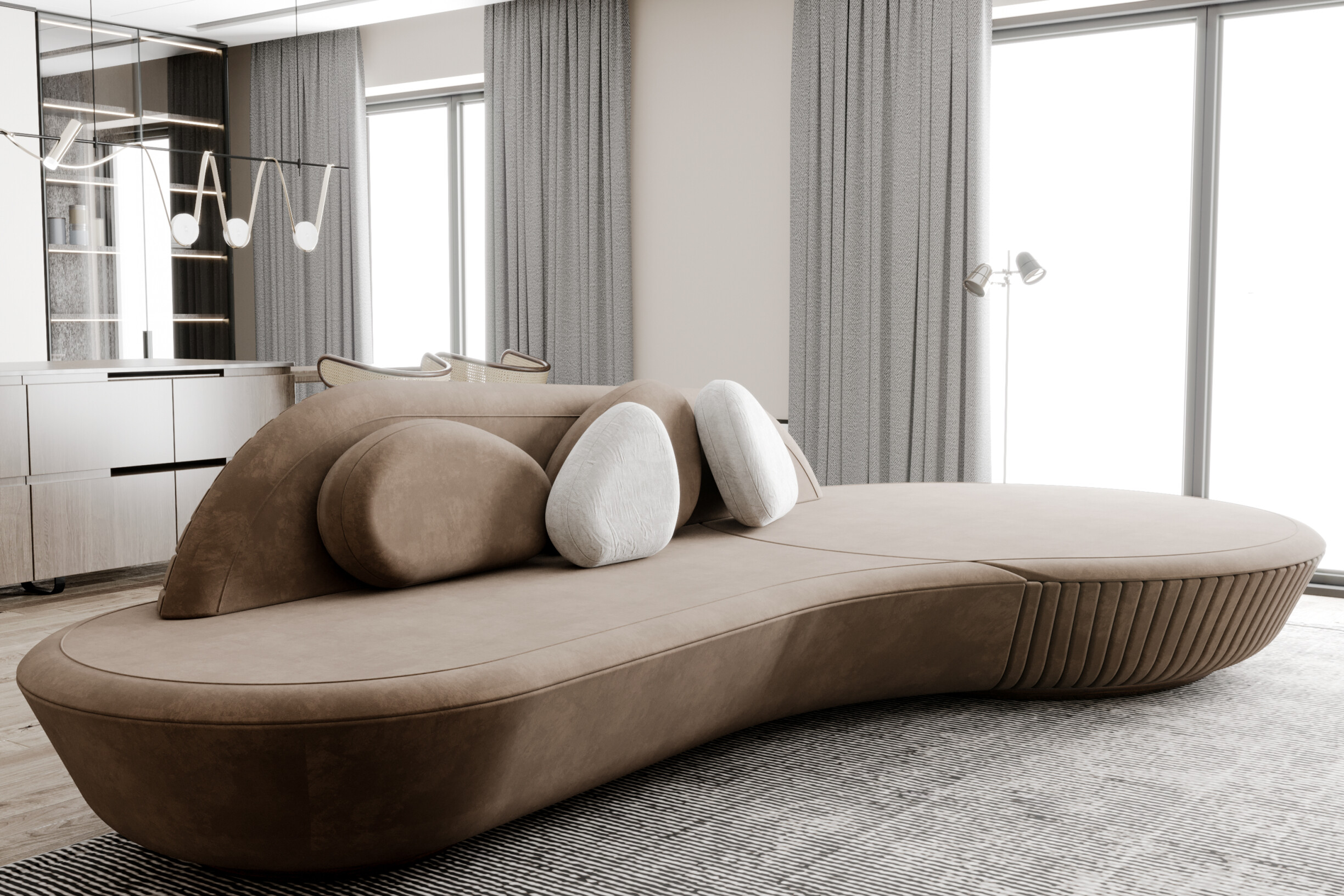
"Even when you see a white space and you have no idea what country, year, or era it was designed, it will still look relevant and modern. Because white is universal. It's forever."
Leanne Ford, interior designer
Unlike many other colours and tones, monochromatic always stays in style. For this reason, white is suitable for almost any project. Whether the house is small or large, with little or much sunlight, whatever the room, a white interior design works well. The key is to personalize the space, making it unique and reflective of your client's style and personality.
Some benefits of all-white decor include:
Improves home maintenance;
The space looks more elegant than multicoloured spaces;
White interiors are serene and relaxing;
The rooms become brighter and more illuminated;
It is economical as white furniture and interior decoration are easy to find.

The first strategy for decorating all-white areas is to explore the wide range of tones in the white family. White is not a colour but a tone; believe it or not, there are hundreds of variations and shades of white.
So, if you think that because your challenge is to decorate a completely white room, remember that choosing the right colour palette is one of the most critical decisions in any interior design project, even this type of project.
Since there are different nuances, from pure white to warm whites with cream tones and cool whites with bluish undertones, it's not about choosing the perfect white for a project but selecting some perfect whites!
Using different shades of white can add depth and dimension to the space. For example, walls painted a warm white can be complemented with cooler white furniture to create contrast. Likewise, bright white accessories can stand out against a matte white background.
Combining different whites also helps avoid monotony. The subtle variation in tones creates a rich and complex palette, maintaining the simplicity and elegance of the white room.
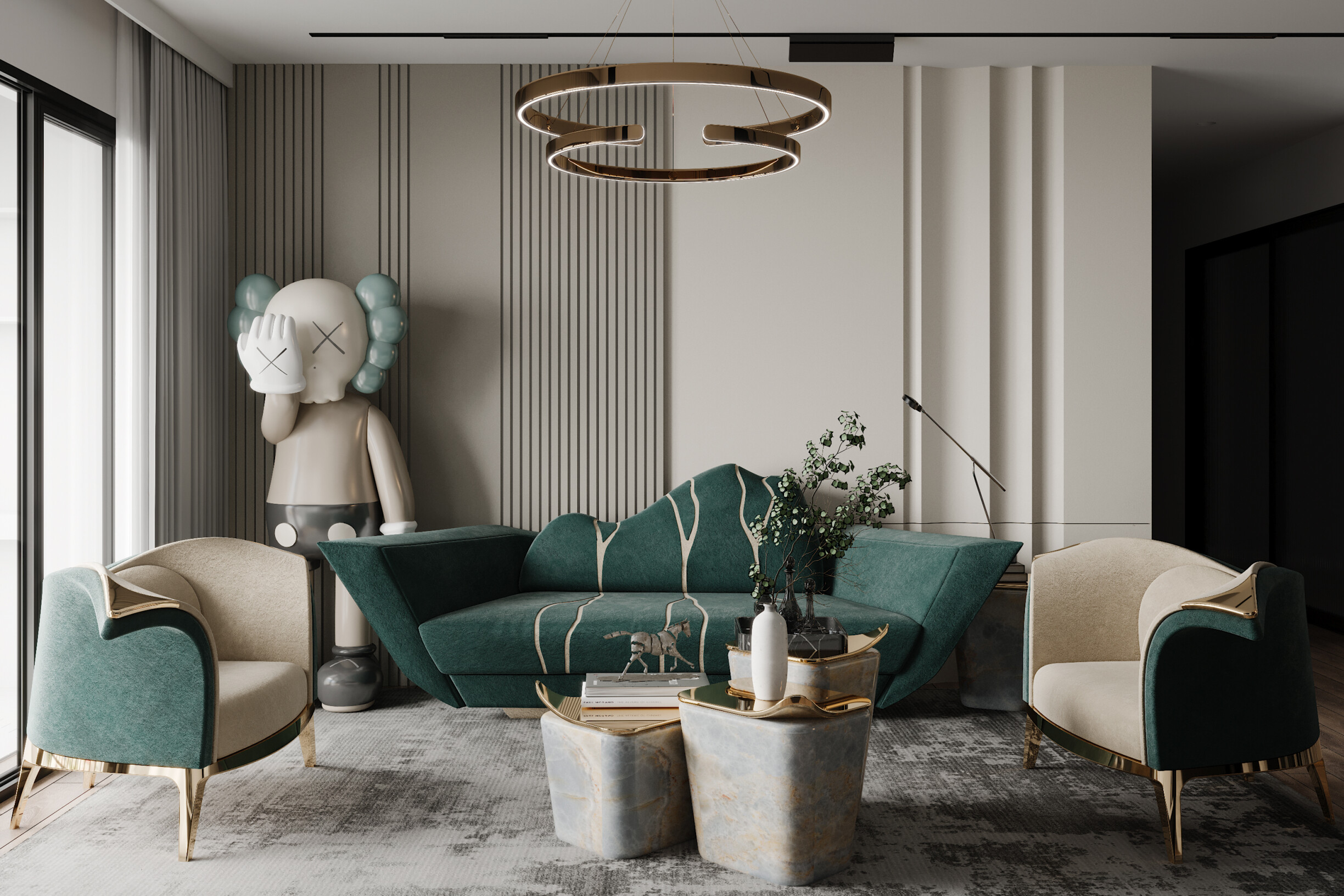
In white spaces, texture and materials play crucial roles. The absence of colour emphasizes the surface and finish of the materials used. Incorporating a variety of textures adds visual and tactile interest.
For tactile contrasts, linen, cotton, and velvet fabrics can be used in upholstered furniture, curtains, and cushions. Materials such as marble, white wood, and embossed tiles are also excellent choices for adding dimension to the space. Marble is a choice that adds a layer of timelessness to any space. It is a luxurious material that can transform any space into an interior design masterpiece. Incorporating marble into your projects gives them a feeling of sophistication and elegance.
In addition to fabrics and coverings, furniture and accessories with different finishes, such as glossy, matte, or rustic lacquered, contribute to the visual diversity. Combining smooth, rough, shiny, and opaque textures helps to create a more dynamic and welcoming area.
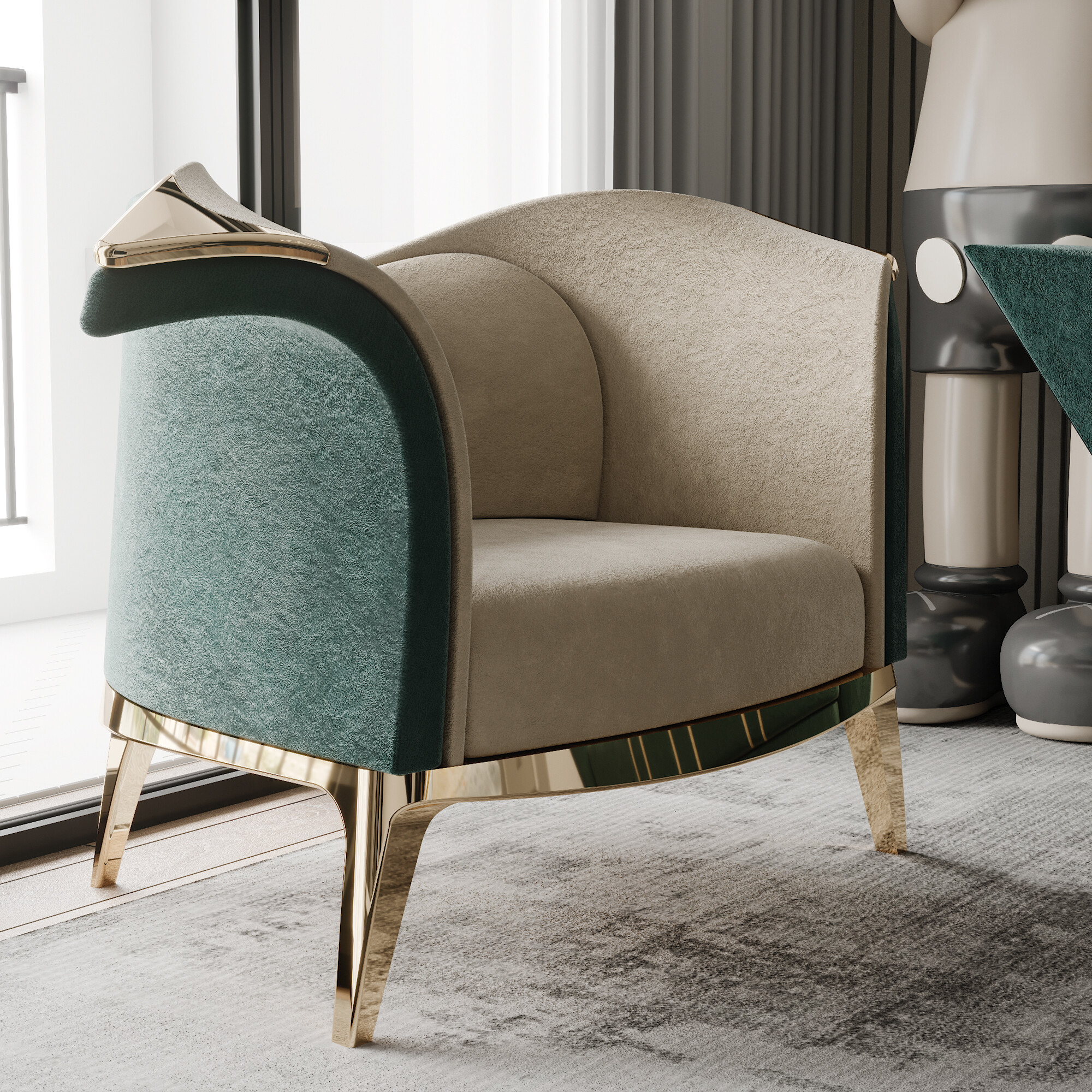
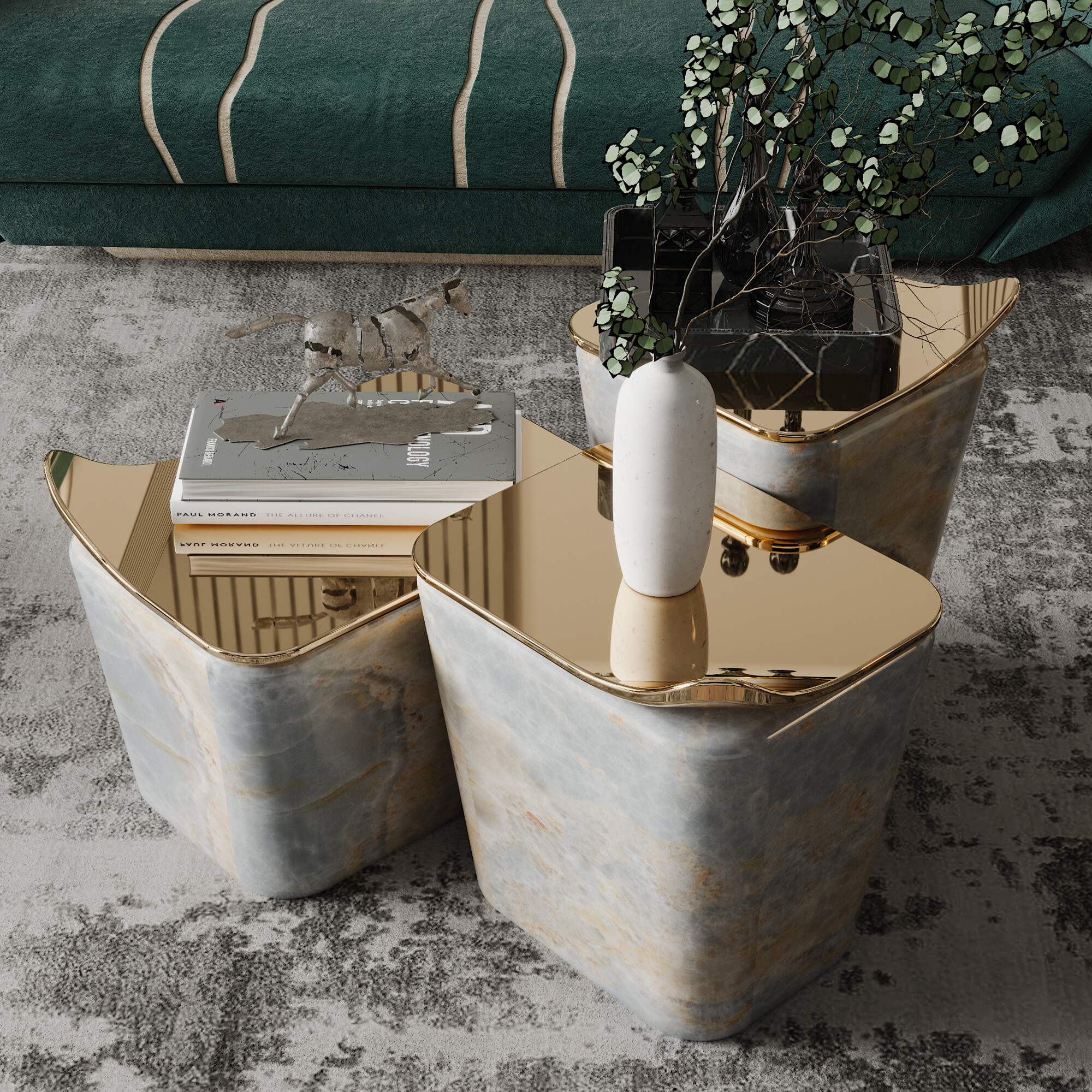
Metallic details are an effective way to add a touch of sophistication and shine to an all-white room. Gold, silver, copper, and bronze can be introduced through accessories, furniture, lamps, and even furniture finishes. These metallic accents not only add visual interest but also reflect light, enhancing the room's luminosity and creating a luxurious ambiance.
Choose one or two predominant metals and use them consistently throughout the space for a cohesive look. For example, door handles, chair legs, mirror frames, and lamps in a living room can share the same metallic finish. Have you ever imagined the Ballet coffee table from ALMA de LUCE in a living room where white predominates? This gold metallic effect coffee table breathes sophistication and delicacy. Definitely a statement piece for the most luxurious interior designs.
The metallic details add an element of luxury, but also help to reflect light, increasing the feeling of luminosity in the room.
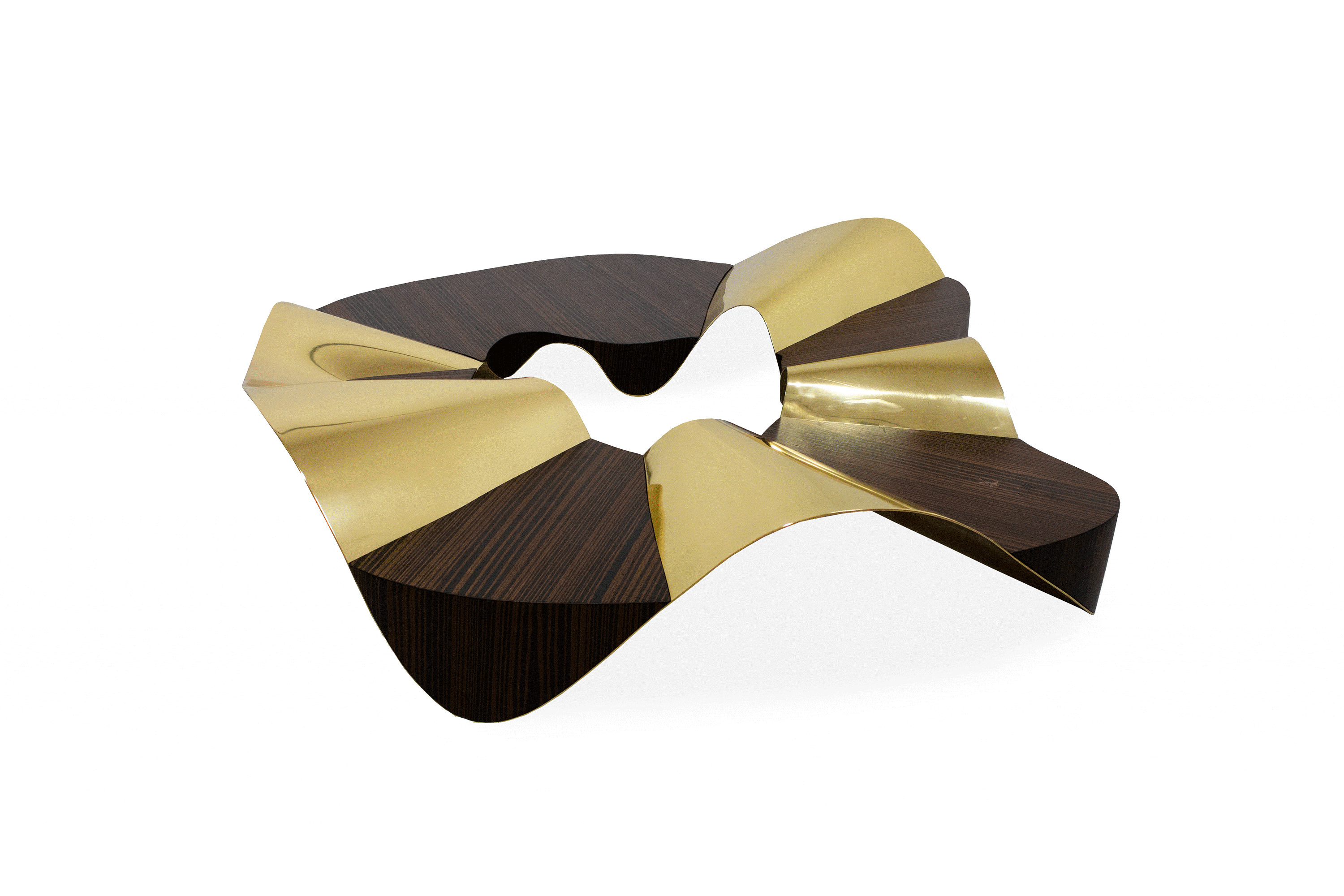
Minimalist design is often associated with white spaces due to its emphasis on simplicity and functionality. In a white space, minimalism manifests itself through clean lines, simple geometric shapes and the absence of clutter.
Focusing on quality over quantity is essential to achieve an effective minimalist design. Choose furniture and accessories that are functional and aesthetically pleasing, avoiding excess. Each piece must have a clear purpose and contribute to the harmony of the space.
To prevent monotony, limit the color scheme to white and its variations with perhaps a few discreet splashes of color. The space's architecture and the quality of the materials are made to shine out by minimalism's simplicity.

Creating focal points is essential in white spaces to direct the eye and prevent the space from appearing empty. A focal point can be a piece of art, a large plant, a wall with a different texture or material, or even a statement piece of furniture like the Dom Sebastião sideboard from ALMA de LUCE. These focal points not only add visual interest but also serve as anchors, balancing the white space and creating a sense of depth and dimension.
When creating a focal point, make sure it stands out visually without clashing with the rest of the design. In a white space, you can create this effect by using contrasting colors, textures, or shapes.
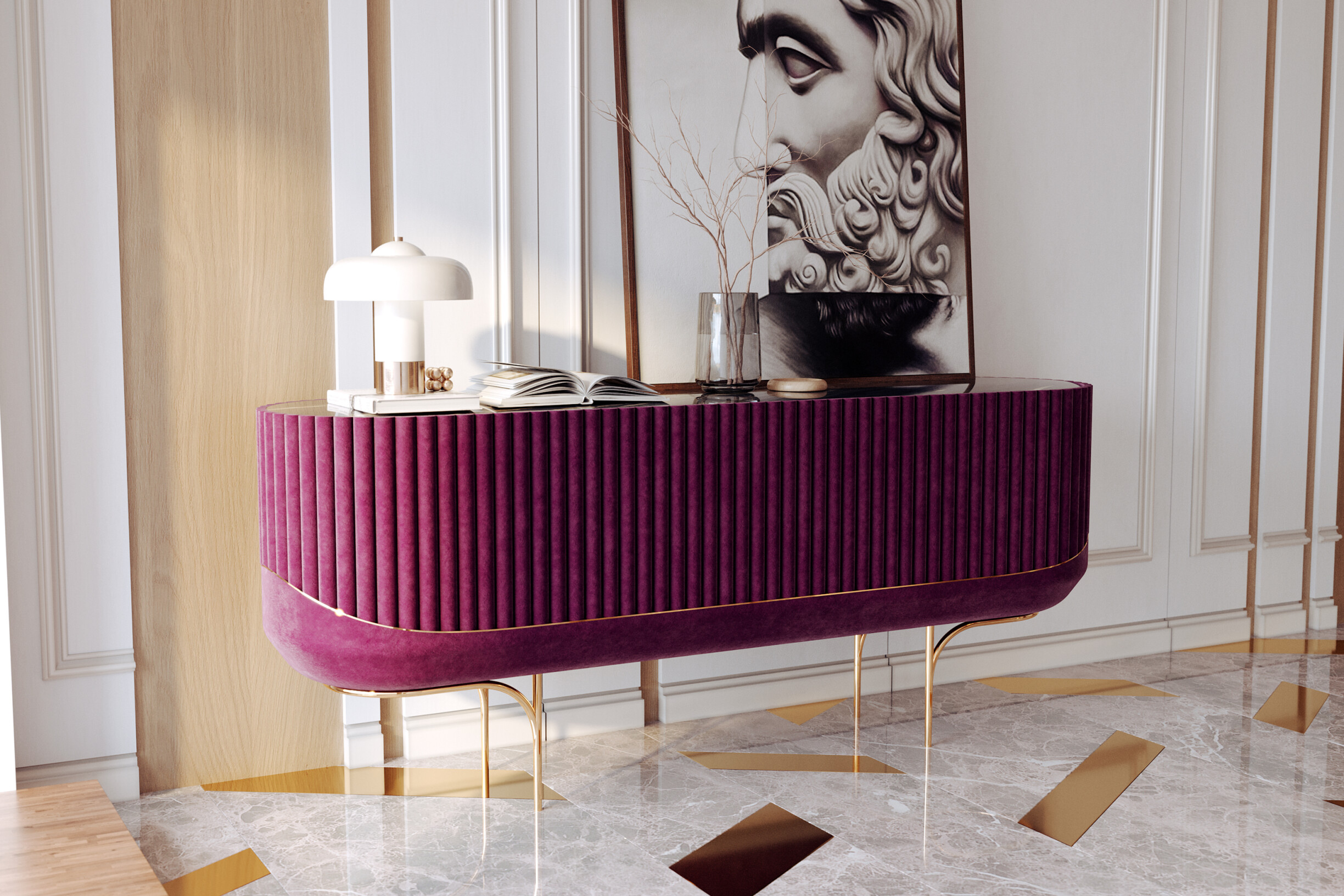
White and wood are a combination that never fails. This interior decorating technique adds warmth, balance, and a monochromatic ambience. Wood, with its natural tones and rich texture, perfectly complements the purity of white, creating a feeling of welcome and comfort.
Choose a type of wood that complements the white tones used for a cohesive design. Light woods, such as oak or birch, maintain the space's lightness, while darker woods, such as walnut or mahogany, introduce a more striking contrast.
Use wood in flooring, small accessories, architectural details, or furniture to ensure a natural combination. The Haussman cabinet from ALMA de LUCE in brushed walnut veneer with a matte varnish finish will be the perfect addition to a dining room where the white palette predominates.

In an all-white space, subtle touches of colour can add interest and vitality. Soft and neutral colours, such as pastel tones or earthy tones, can be used in accessories, fabrics or small pieces of furniture.
The introduction of colours can be done strategically to prevent the space from losing its main characteristic of being predominantly white. In a home office, the Black Pearl rug from ALMA de LUCE in neutral tones will transform the comfort and beauty of your project through its different and unusual pattern, combined with an entirely white interior design project.
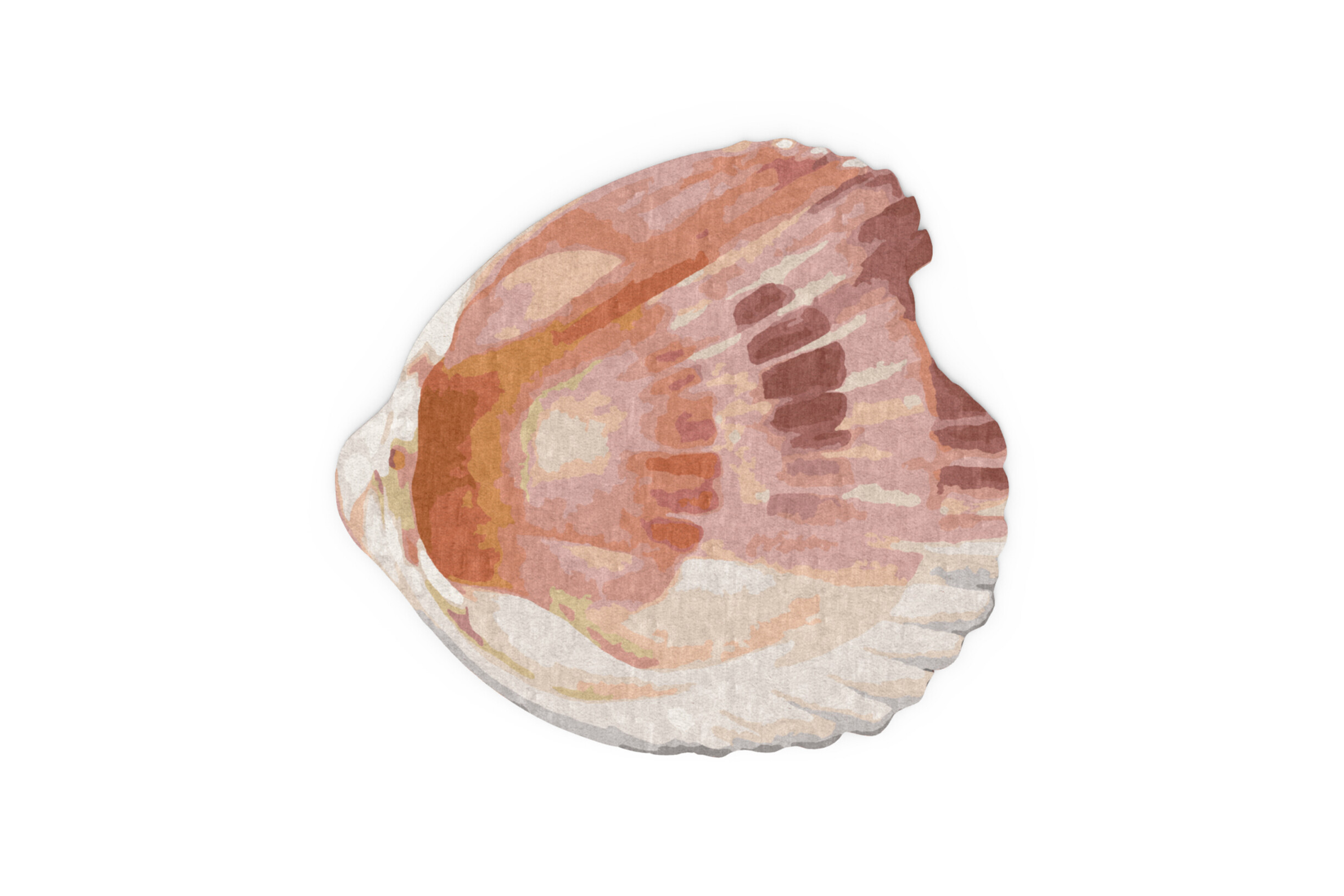
Decorating completely white spaces is an exercise in balancing simplicity and sophistication. The challenge is maintaining harmony and coherence, avoiding monotony, and ensuring each element adds value to the set.
Did you like this article? You can follow us on Instagram, Facebook, and Pinterest to stay updated with the latest architecture, design, and interiors news.